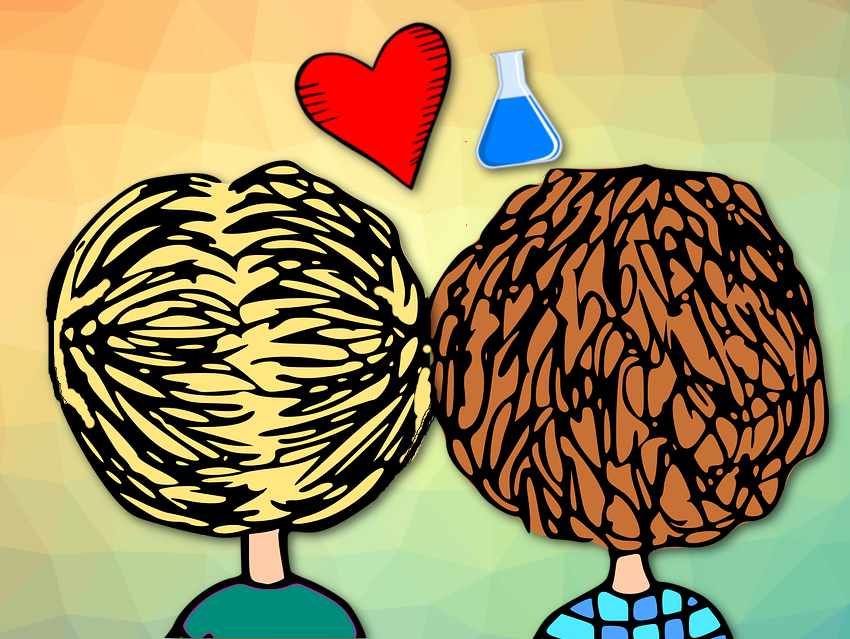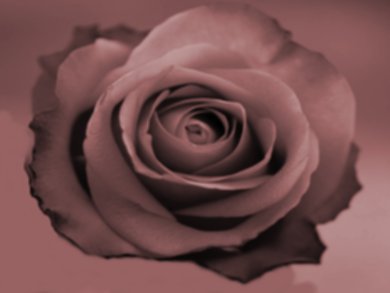The red rose remains the most popular flower to give on Valentine’s Day. Carotenoids produce the yellow colors, anthocyanins the reds, and a mixture of the two the modern oranges. The huge variety of roses has been descended from wild roses by selection, mutation, and hybridization [1].
For the carotenoids found in roses, a clear correspondence exists between the structure and the breeding partners used. For example, the old yellow roses, which arose from crosses with Chinese varieties, mainly contain carotenoids from early stages in the biosynthesis. In modern yellow roses, which are descended from Central Asian foetidu types, occure hydroxylations, epoxidations, and epoxide transformations [1].
In 1913 Willstatter observed that the same pigment can give rise to different colors, e.g., the pigment cyanin is found in the blue cornflower and in the red rose. He attributed this to different pH values. Anthocyanin changes its color with pH: it appears red in acidic, violet in neutral, and blue in basic aqueous solution. However, reinvestigation in the 1980s disclosed that the color variation and stabilization of anthocyanins are caused by self-association, copigmentation, and intramolecular sandwich-type stacking. The stacking is mainly brought about by intermolecular or intramolecular hydrophobic interaction between aromatic nuclei such as anthocyanidins, flavones, and aromatic acids. In addition, hydrogen bonds and charge transfer interactions may be involved [2].
A blue rose is the dream of many breeders and rose fanciers. However, the anthocyanins detected so far leave little hope for breeding a blue rose by conventional methods; the gene-technological part seems to be the only solution [1].
- The Chemistry of Rose Pigments,
Conrad Hans Eugster Edith Marki-Fischer,
Angew. Chem. Int. Ed. 1991, 30, 654–672.
DOI: 10.1002/anie.199106541 - Structure and Molecular Stacking of Anthocyanins-Flower Color Variation,
Toshio Goto, Tadao Kondo,
Angew. Chem. Int. Ed. 1991, 30, 17–33.
DOI: 10.1002/anie.199100171
See also
- Chemistry on Valentine’s Day
The red rose remains the most popular flower to give on Valentine’s Day and chocolate is always a good idea

Quiz about famous chemist couples

Let’s look at the chemistry behind its color and its aroma




